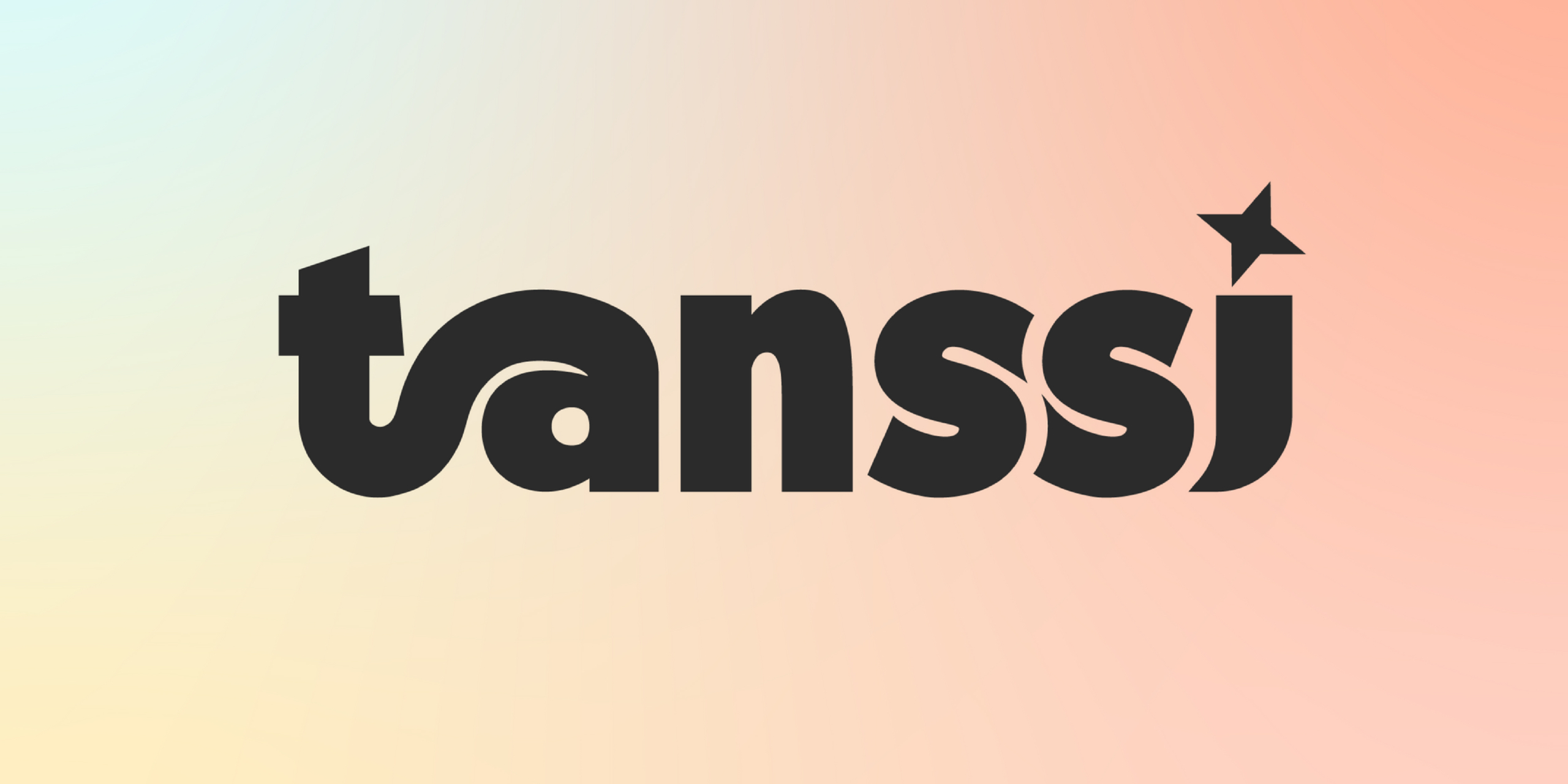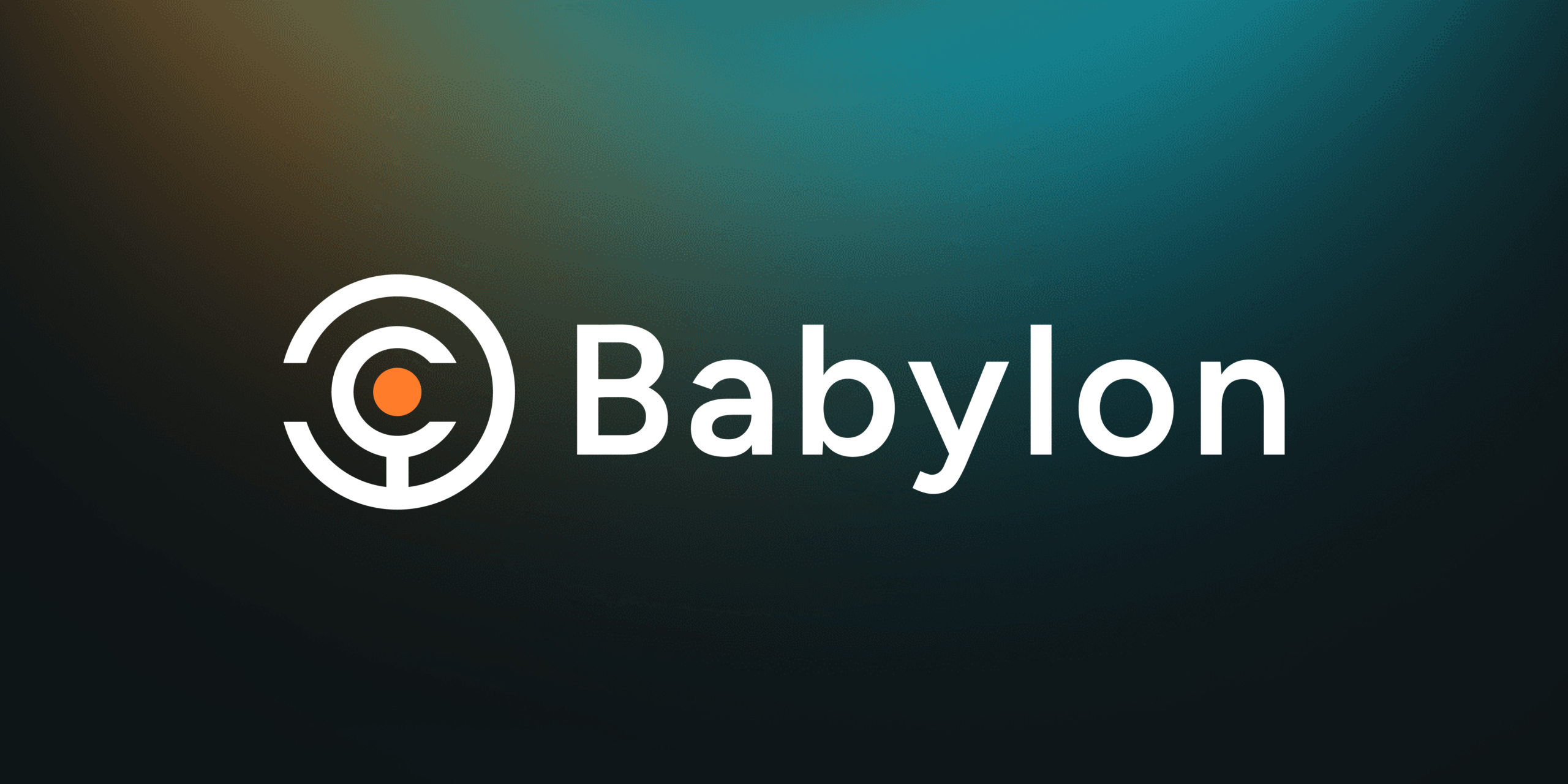Introduction
Tanssi represents a significant leap forward in blockchain technology, introducing a pioneering appchain infrastructure protocol that drastically simplifies the deployment of application-specific blockchains. Through its innovative approach, Tanssi enables seamless integration with the Tanssi Network, allowing parachains to transform into ContainerChains, facilitating swift access to a broad range of tools and resources, and empowering developers with a developer-centric, permissionless platform. Tanssi stands out by enabling the transformation of appchain concepts into operational realities in under an hour, setting a new standard in the blockchain space.
Innovation
At the heart of Tanssi‘s innovative streak is its unique infrastructure that supports the deployment of blockchains tailored for specific applications. The protocol introduces a decentralized set of block producers, ensuring the liveness and security of app chains through a shared collator set and leveraging Polkadot’s shared security architecture. Incorporating dedicated Data Preservers further enhances this security, making Tanssi a trailblazer in blockchain infrastructure solutions.
Architecture
Tanssi’s architecture is robust and thoughtfully designed, incorporating multiple consensus engines such as Aura, Babe, and Grandpa, allowing a high degree of customization and enabling development teams to craft specific consensus algorithms tailored to their unique use case needs. Built on the Rust-based Substrate framework, Tanssi excels in performance, offering unprecedented flexibility and rapid deployment capabilities through its extensive library of pre-built pallets.
Tanssi Code Quality
The protocol’s code quality is commendable, showcasing good practices that reflect the vast and skilled development team behind Tanssi. This high code quality is integral to the protocol’s reliability, scalability, and security, further solidifying Tanssi’s position as a leading blockchain infrastructure provider.
Product Roadmap
Tanssi‘s roadmap is ambitious and clearly defined, with the Dancebox serving as the inaugural testnet. This platform is designed for teams to onboard and launch their Appchains, demonstrating Tanssi’s commitment to facilitating swift and efficient blockchain deployment. The roadmap likely includes further enhancements to the protocol’s scalability, security, and user experience, although specific milestones need to be detailed in the provided information.
Usability
The usability of Tanssi is one of its strong suits, with the Tanssi dApp enabling developers to spin up an Appchain in mere minutes. This ease of use is a testament to the protocol’s user-friendly design, making blockchain deployment accessible to various developers and projects. The provision of templates for Substrate-based Appchains and fully EVM-compatible appchains further streamlines the development process.
Team
Tanssi’s development team is described as vast and consists of intermediate developers. This team composition suggests a blend of experience and fresh perspectives, contributing to the innovative solutions Tanssi brings to the blockchain industry. The team’s expertise in Rust and blockchain technology is evident in the protocol’s performance and flexibility.
Conclusion
Tanssi emerges as a revolutionary player in the blockchain space, offering an infrastructure protocol that significantly simplifies the deployment of application-specific blockchains. Its innovative approach, robust architecture, high code quality, and user-friendly design position Tanssi as a leading solution for developers looking to bring their blockchain concepts to life. As the protocol continues to evolve and expand its capabilities, Tanssi is poised to play a pivotal role in the future of blockchain technology, making it a project worth watching.
| Initial Screening | |||
| Keep researching | |||
| Does this project need to use blockchain technology? | Yes | ||
| Can this project be realized? | Yes | ||
| Is there a viable use case for this project? | Yes | ||
| Is the project protected from commonly known attacks? | Yes | ||
| Are there no careless errors in the whitepaper? | Yes | ||
| Project Technology Score | |||
| Description | Scorecard | ||
| Innovation (Out Of 11) | 9 | ||
| How have similar projects performed? | Good | 2 | |
| Are there too many innovations? | Regular | 2 | |
| Percentage of crypto users that will use the project? | 6% – 10% | 3 | |
| Is the project unique? | Yes | 2 | |
| Architecture (Out of 12) | 11 | ||
| Overall feeling after reading whitepaper? | Good | 2 | |
| Resistance to possible attacks? | Good | 2 | |
| Complexity of the architecture? | Not Too Complex | 2 | |
| Time taken to understand the architecture? | 20 – 50 min | 1 | |
| Overall feeling about the architecture after deeper research? | Good | 4 | |
| Has the project been hacked ? | No | 0 | |
| Code Quality (out of 15) | 13 | ||
| Is the project open source? | Yes | 2 | |
| Does the project use good code like C,C++, Rust, Erlang, Ruby, etc? | Yes | 2 | |
| Could the project use better programming languages? | No | 0 | |
| Github number of lines? | More than 10K | 1 | |
| Github commits per month? | More than 10 | 2 | |
| What is the quality of the code? | Good | 2 | |
| How well is the code commented? | Outstanding | 2 | |
| Overall quality of the test coverage? | Good | 1 | |
| Overall quality of the maintainability index? | Good | 1 | |
| When Mainnet (out of 5) | 5 | ||
| When does the mainnet come out? | Mainnet Ready | 5 | |
| Usability for Infrastructure Projects (out of 5) | 5 | ||
| Is it easy to use for the end customer? | Yes | 5 | |
| Team (out of 7) | 5 | ||
| Number of active developers? | 5+ | 2 | |
| Developers average Git Background? | Intermediate | 1 | |
| Developers coding style? | Solid | 2 | |
| Total Score (out of 55) | 48 | ||
| Percentage Score | |||
| Innovation | 16.36% | ||
| Architecture | 20.00% | ||
| Code Quality | 23.64% | ||
| Mainnet | 9.09% | ||
| Usability | 9.09% | ||
| Team | 9.09% | ||
| Total | 87.27% |





